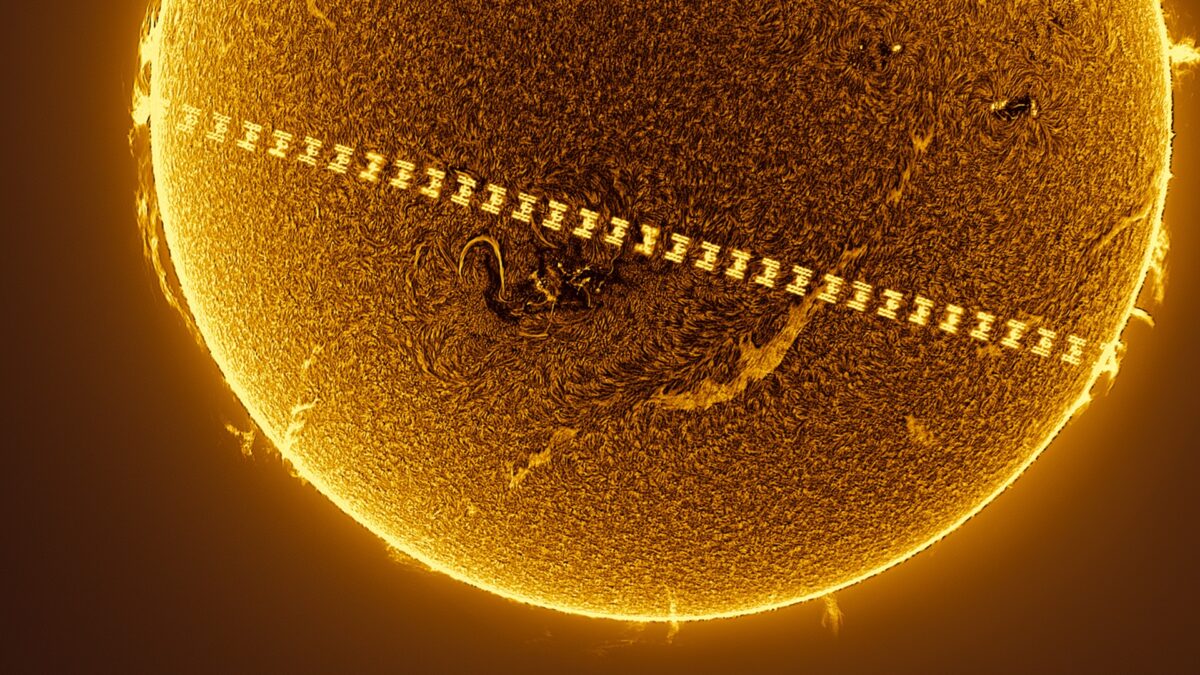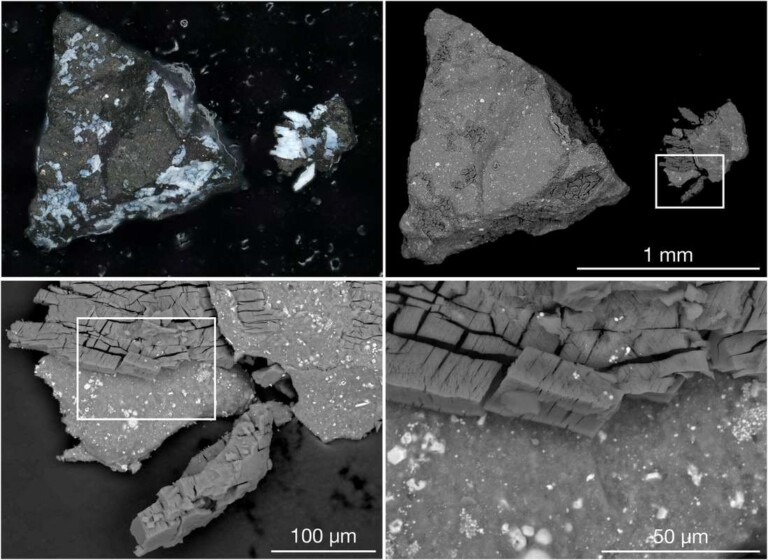$100,000 Diamond Found in India
In central India, a family man named Raju Gond discovered a 19.22-carat diamond worth nearly $100,000, changing his life forever.
“Our lives have changed forever,” he told CNN after opening his first bank account, anticipating the proceeds from the diamond’s sale.
Raju, 40, and his brother Rakesh live in Madhya Pradesh and typically earn around $4 a day by digging for gold on government-leased land. When gold is scarce, they work in fields driving tractors to make ends meet.
This uncertain livelihood left Raju heavily in debt, trying to support his family and renew his prospecting lease. His fortunes turned when he discovered the diamond in a makeshift mineshaft, a moment he knew was significant as soon as he saw the gemstone’s shine.
Excited, Raju and Rakesh rushed home on their bike, traveling 7 miles to share the good news. They soon took the diamond to the Panna Diamond Office for evaluation.
The process involves paying around $9.50 for the rights to prospect gemstones. Any finds are evaluated and held by a government office until they reach a value threshold—in this case, $360,000 for diamonds. At that point, an official auction is held, with the government taking an 11.5% royalty and the remainder going to the discoverer.
The monsoon season had reduced their work opportunities, prompting Raju and Rakesh to switch from gold panning to diamond prospecting. With a large family to support, including in-laws and seven children, Raju needed a significant find.
“The first thing I’ll do is pay off the $6,000 debt. Then we’ll invest in our children’s education, build homes, buy land, and maybe a tractor,” Raju said. The following morning, the brothers were already back at the mine, eager to find more diamonds.




